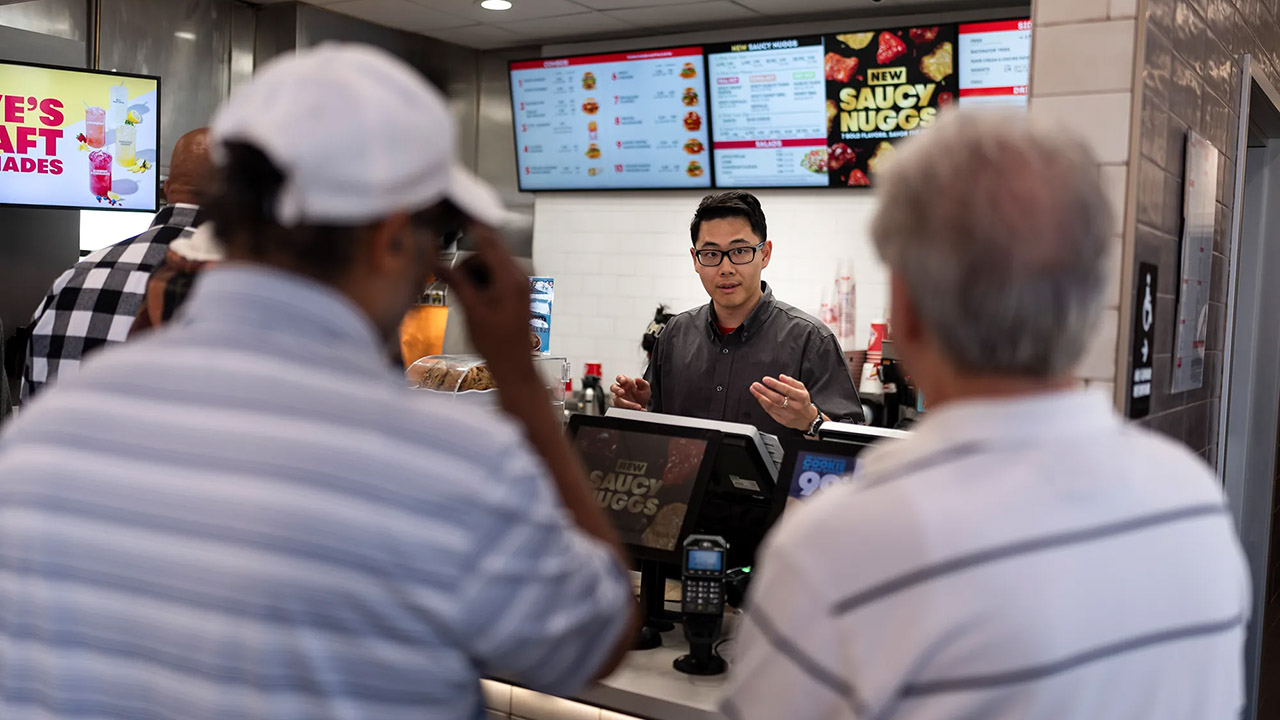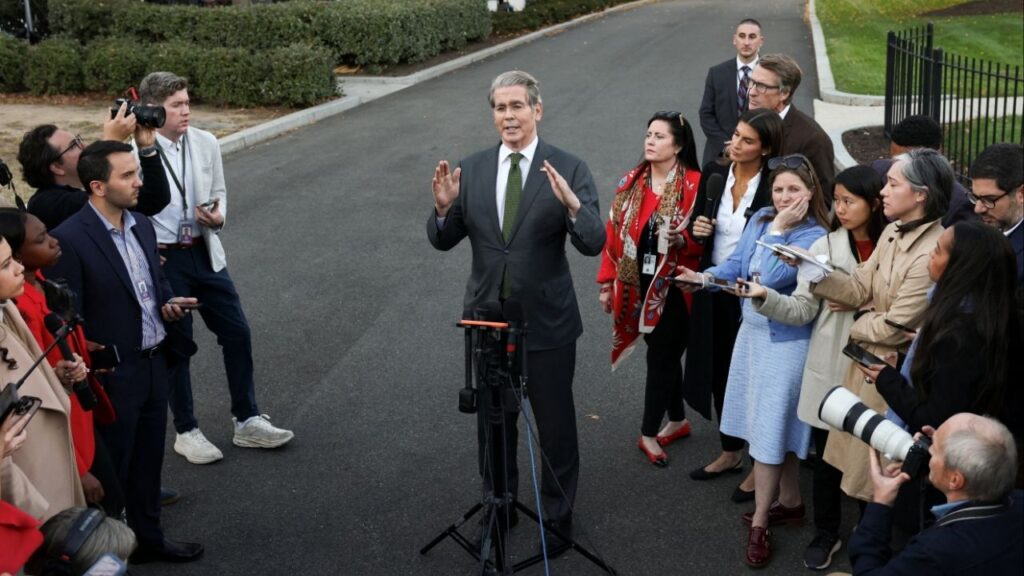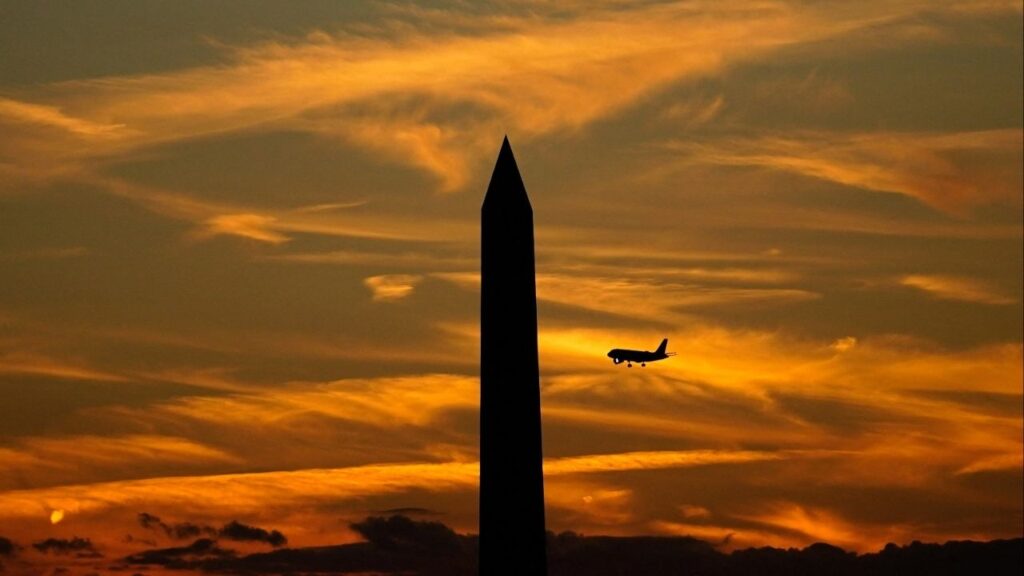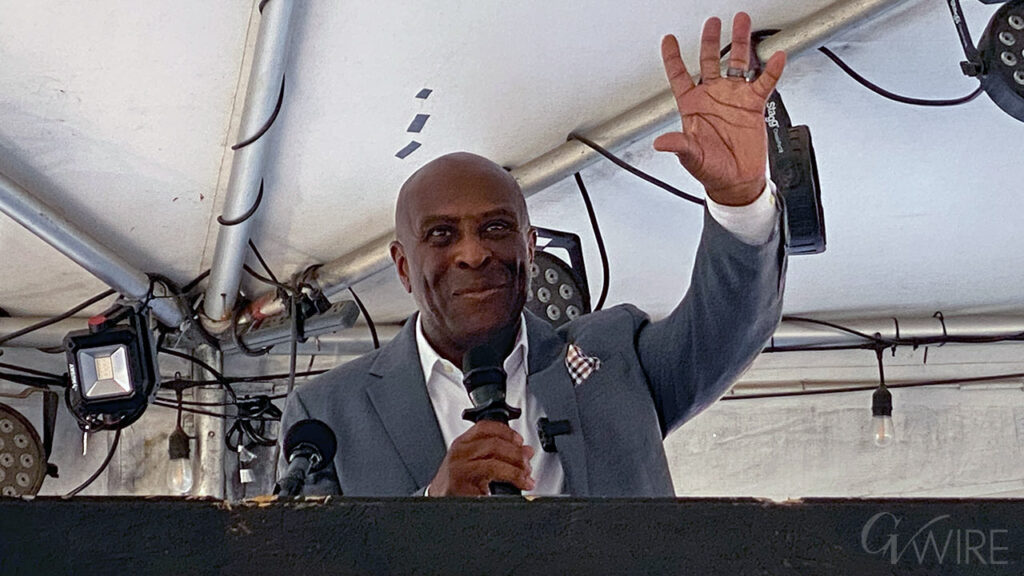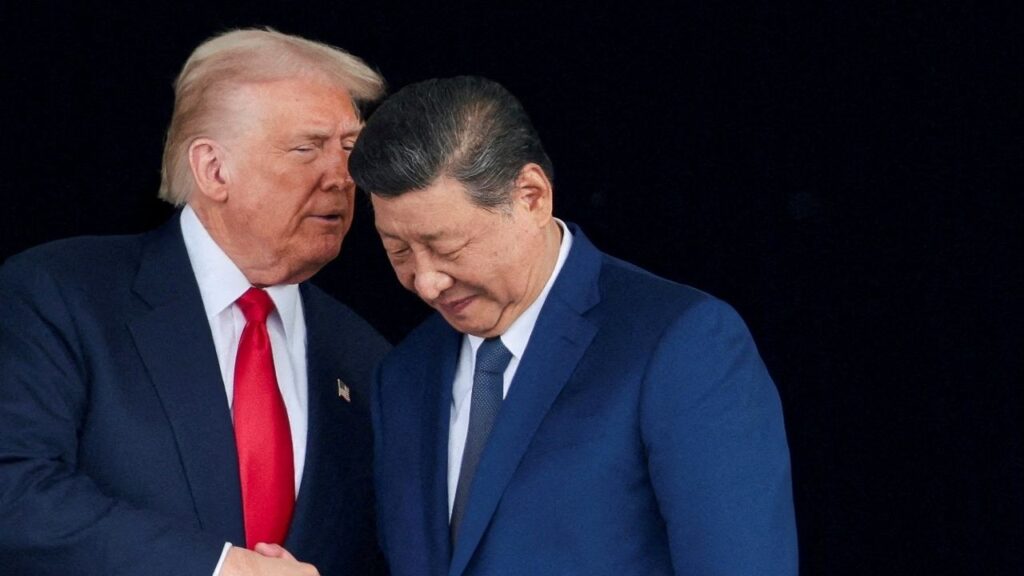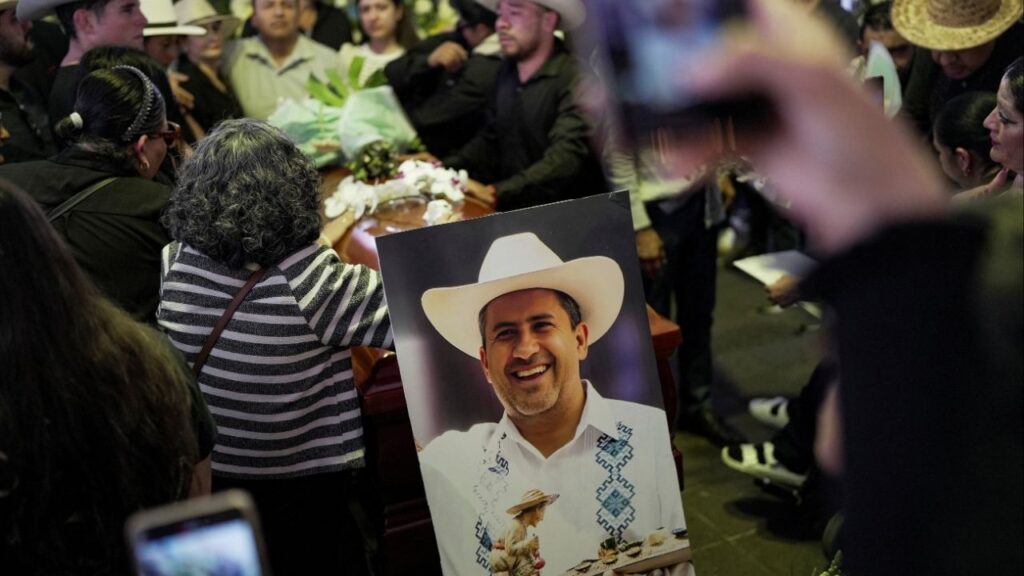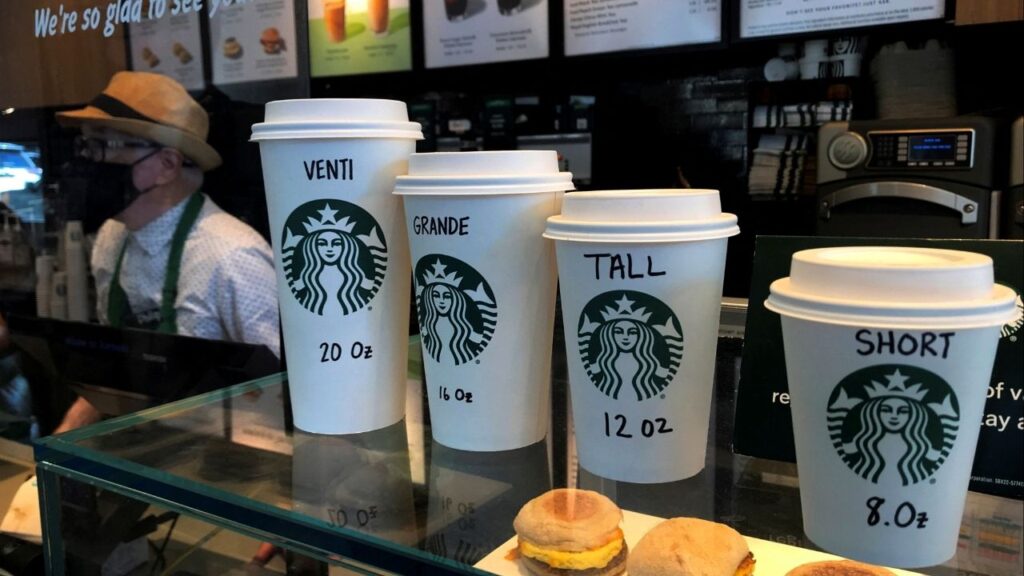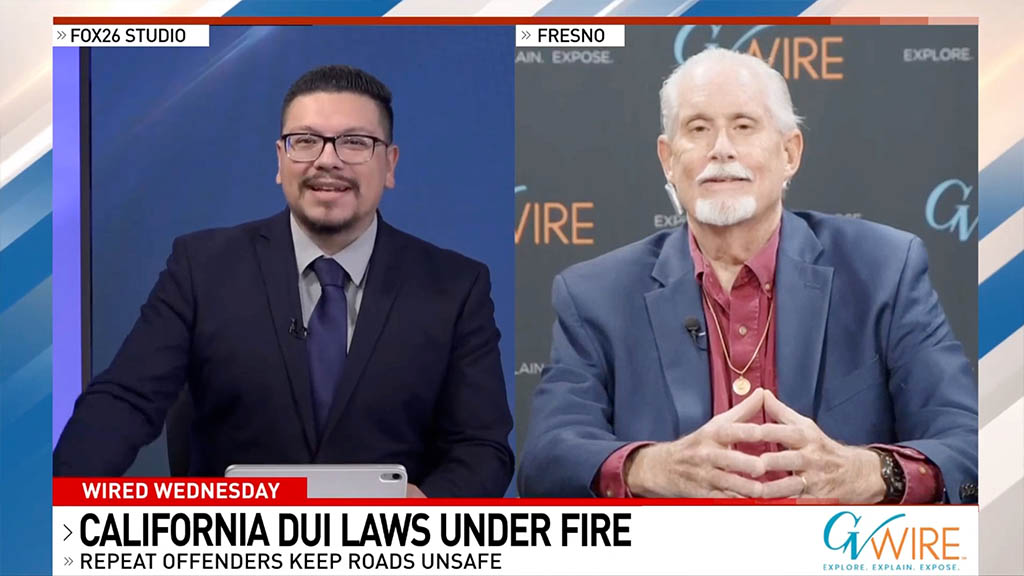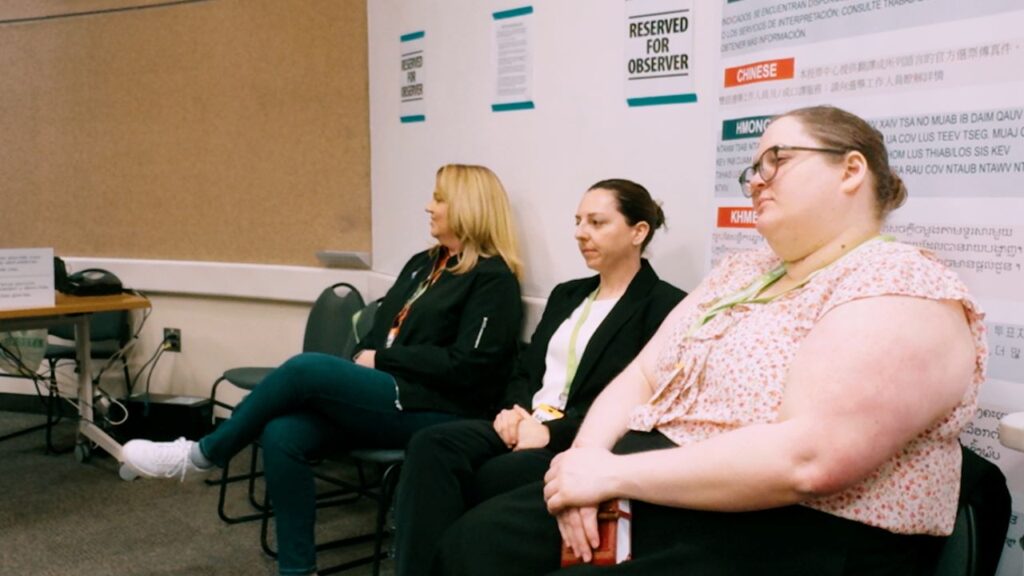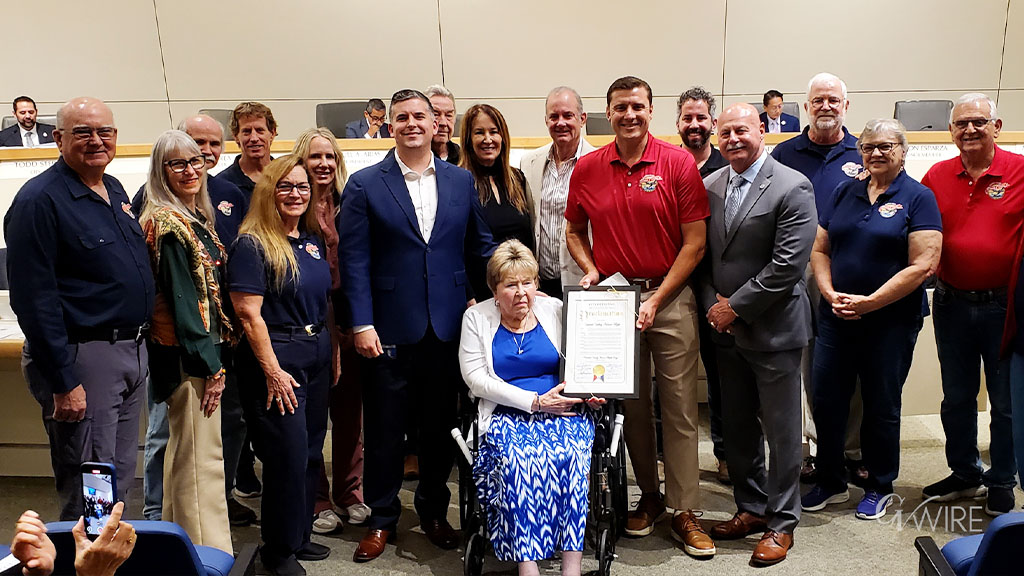Competing studies reveal stark differences in the impact of California's $20 fast food minimum wage implementation.

- Proponents cite studies showing minimal negative effects, while the industry claims reduced employment.
- The fast food industry released its own study showing negative impacts on employment and prices.
- Objective research is needed to determine the true effects of the $20 minimum wage on the industry.
Share
California’s Capitol has seen countless conflicts between economic interests, but few match the intensity of a duel between the fast food industry and labor unions that seemingly ended two years ago with compromise legislation raising the minimum wage to $20.

Dan Walters
CalMatters
Opinion
Ever since the higher wage went into effect last year, the feuding factions have argued over whether the increase has benefited workers without significant negative impacts, as Gov. Gavin Newsom and other advocates have claimed, or has reduced employment and raised prices, as the industry maintains.
The debate is picking up steam as the Fast Food Council, an entity created to oversee pay and working conditions, ponders a new effort by unions to boost the minimum wage even higher.
Related Story: US Moves to End a Minimum Wage Waiver for Disabled Workers
A Brief History of the Fast Food Wage Battle
In 2022, the Legislature passed and Newsom signed a union-backed bill that would have raised the fast food minimum wage to $22 an hour and declared that fast food franchises are merely subsidiaries of the parent chains, rather than independently owned businesses.
The industry disliked the wage increase but loathed the challenge to the franchise system and responded with a referendum to overturn the law. However, a multimillion-dollar ballot battle was averted in 2023 with compromise legislation. It mandated a $20 minimum wage and set aside the franchise status issue, but retained creation of the Fast Food Council. The new wage went into effect last April and the conflict continued with ongoing debate about the law’s effects.
Conflicting Studies and Claims
Proponents have cited multiple studies by academics at Harvard, UC San Francisco and UC Berkeley contending that the wage hike has had minimal, if any, negative effects.
“We find that the policy increased average hourly pay by a remarkable 18 percent, and yet it did not reduce employment,” a study by the UC Berkeley Institute for Research and Labor Employment concluded. “The policy increased prices about 3.7 percent, or about 15 cents on a $4 hamburger (on a one-time basis), contrary to industry claims of larger increases.”
In October, Newsom declared that “This study reaffirms that our commitment to fair wages for fast-food workers is not only lifting up working families but also strengthening our economy. The data shows that investing in workers benefits everyone — workers, businesses, and our state as a whole.”
However, both the UC Berkeley labor center and Harvard’s Malcolm Wiener Center for Social Policy lean to the left, and the fast food industry dismisses their studies as biased.
Related Story: California Voters Reject Measure That Would Have Raised Minimum Wage to Nation-High $18 Per Hour
Industry Pushback and Alternative Findings
In January, an industry coalition called Save Local Restaurants sent a letter to Newsom declaring that “an additional wage increase would once again unfairly single out our livelihoods and cripple thousands of small business owners like us who are already struggling to survive the $20/hour minimum wage, our customers and our employees.”
On Tuesday, the industry released its own impact study, conducted by the Berkeley Research Group, a private consulting firm. It found that wage increases have reduced fast food employment, shortened the hours worked, compelled fast food franchises to use more automation, and resulted in markedly higher consumer prices.
The Need for Objective Research
Both pro and con studies used roughly the same employment data generated by the federal Bureau of Labor Statistics. The agency does not collect specific data on the fast food chains affected by the minimum wage legislation, so the rival researchers had to extrapolate what they contend are valid statistical bases.
The situation cries out for some truly objective research into this experiment in industry-specific wage-setting. It could be extended to other economic sectors, but without reliable data on effects, everyone involved is shooting in the dark. It will be politics, rather than fact, which governs the outcomes.
About the Author
Dan Walters is one of the most decorated and widely syndicated columnists in California history, authoring a column four times a week that offers his view and analysis of the state’s political, economic, social, and demographic trends.
CalMatters is a public interest journalism venture committed to explaining how California’s state Capitol works and why it matters. For more columns by Dan Walters, go to calmatters.org/commentary.
Make Your Voice Heard
GV Wire encourages vigorous debate from people and organizations on local, state, and national issues. Submit your op-ed to bmcewen@gvwire.com for consideration.



